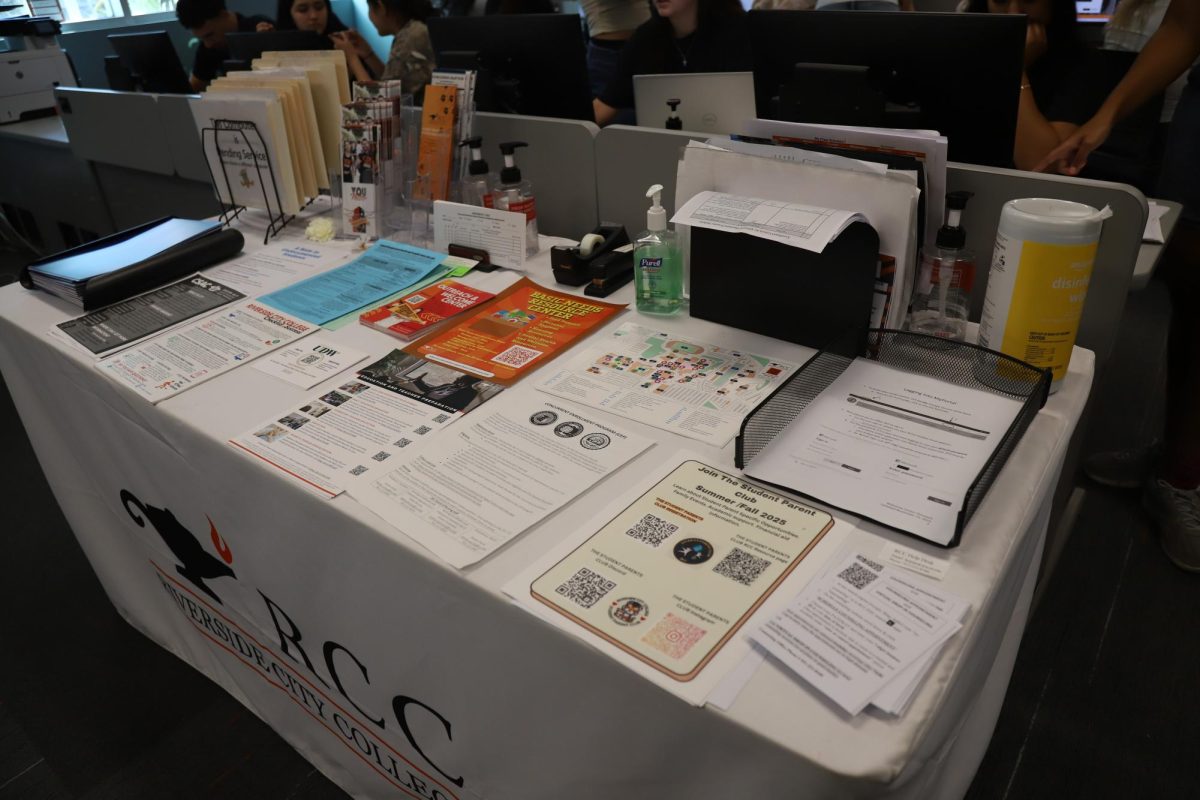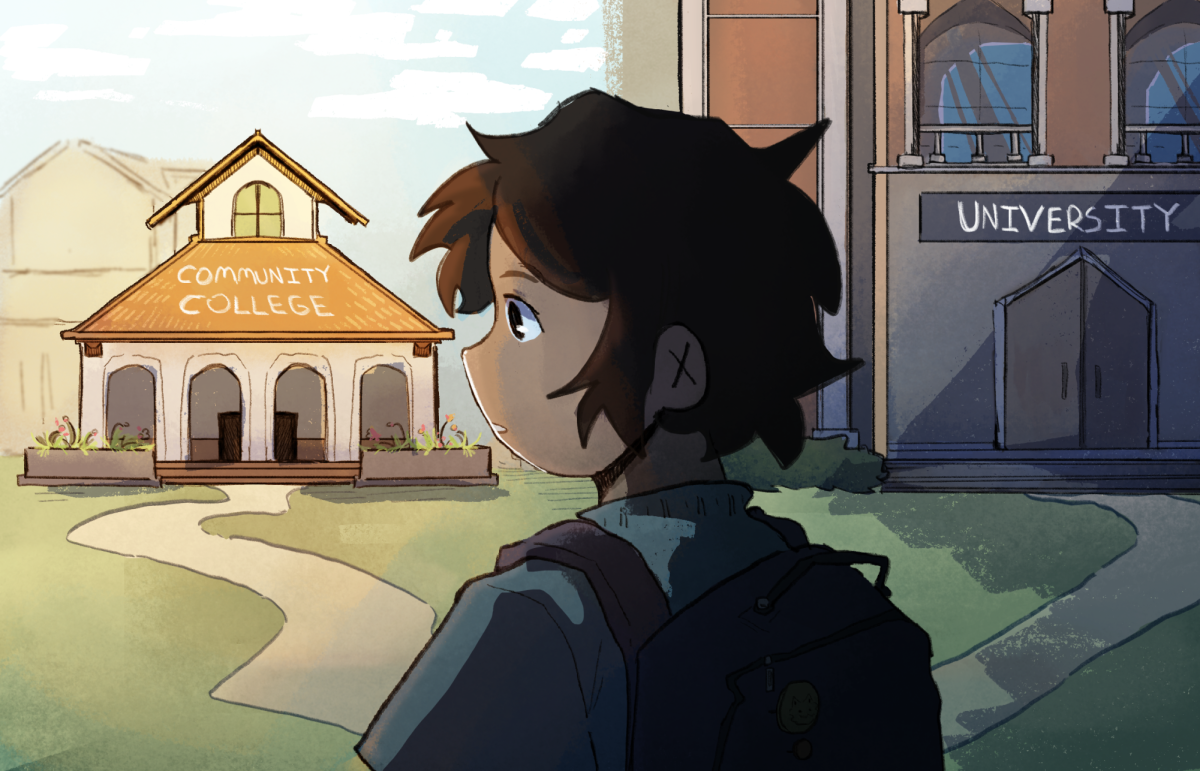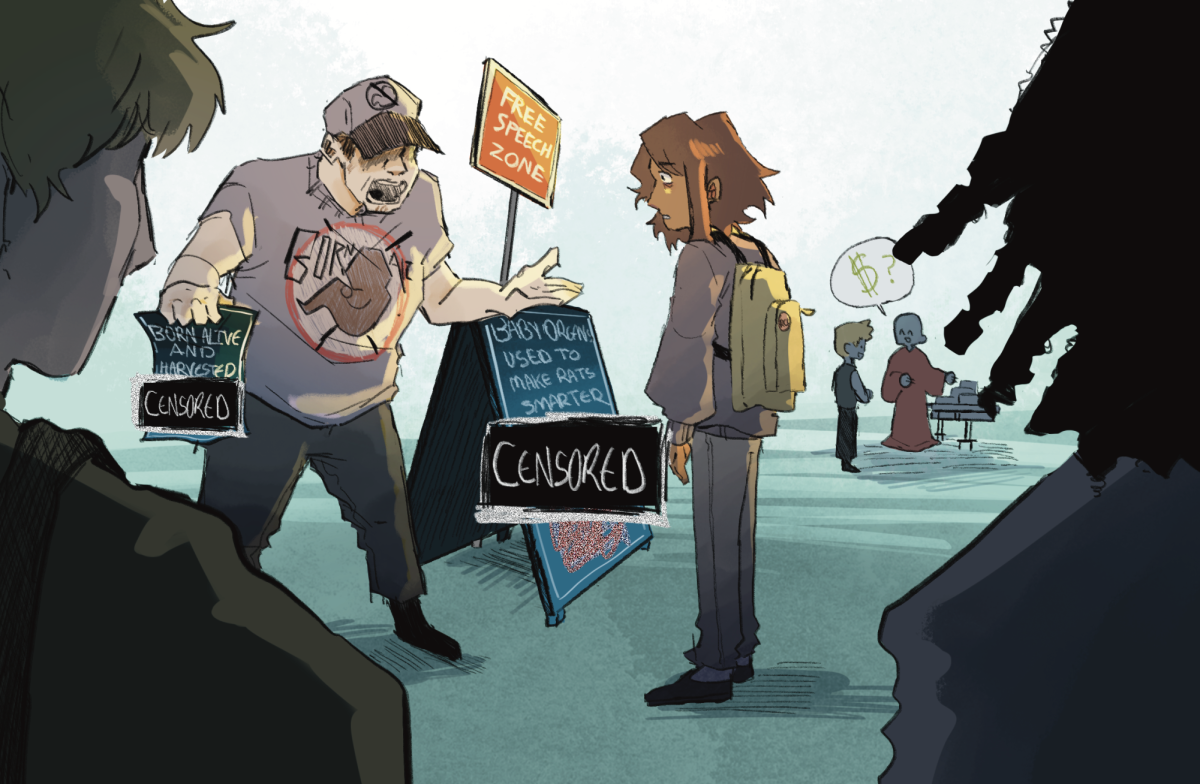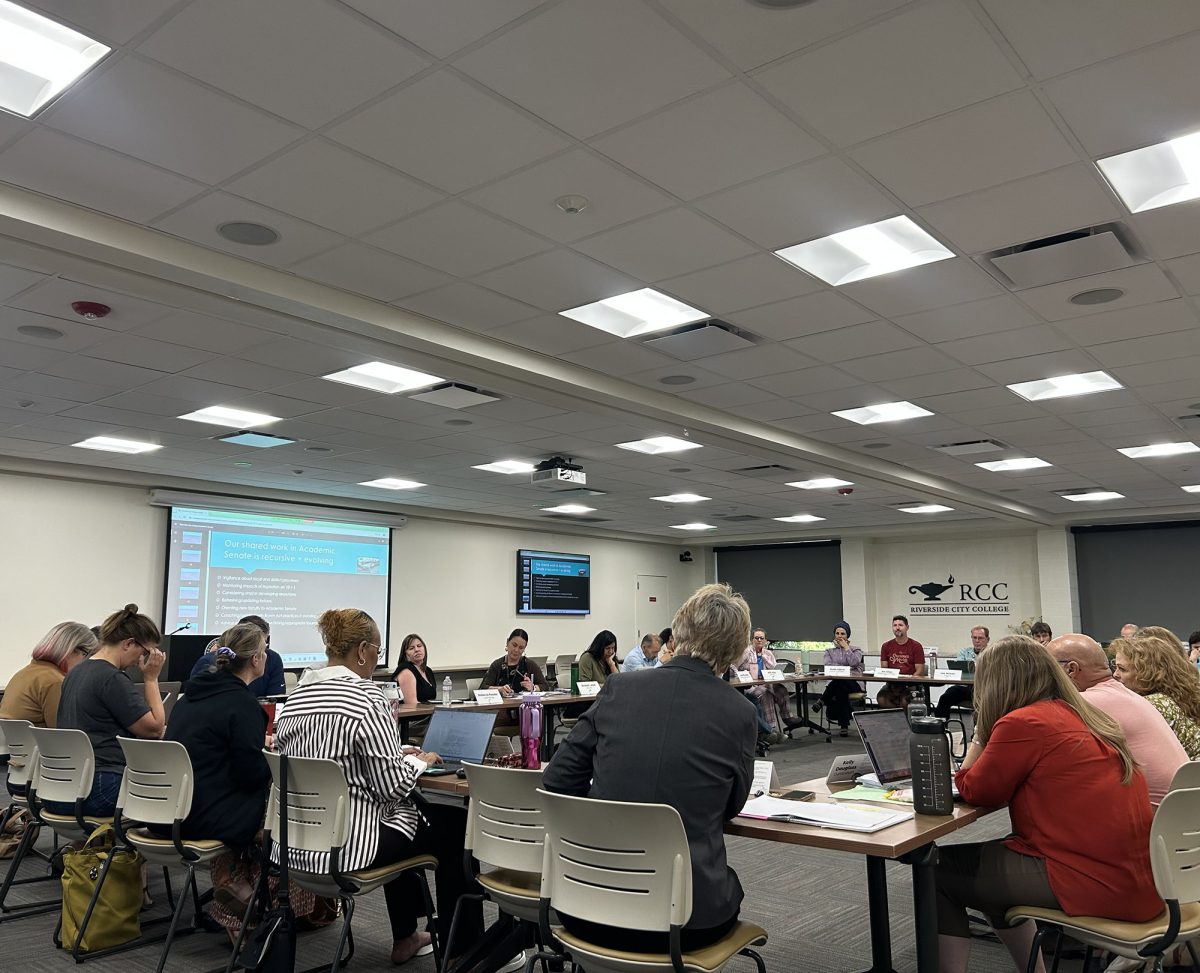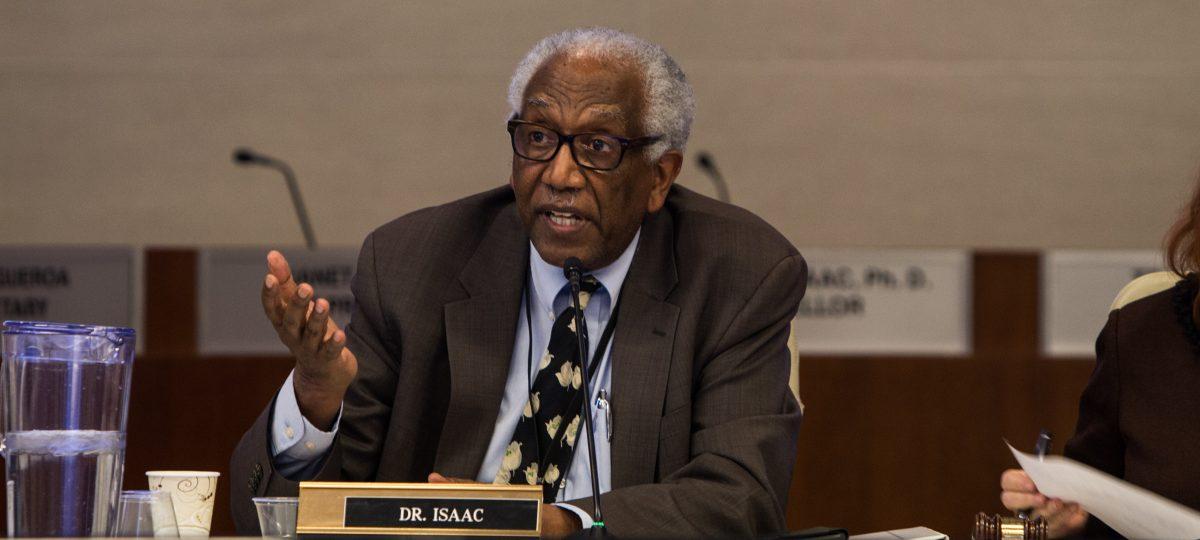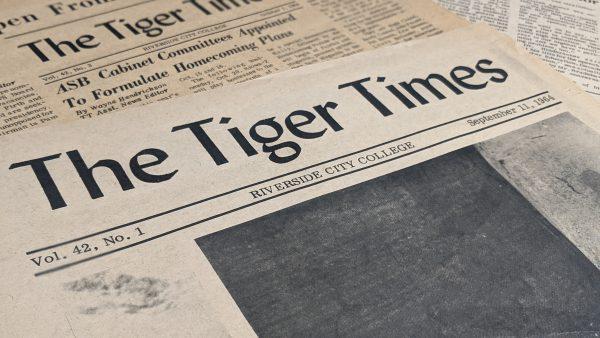
By Daniel Hernandez
Under the new “Tiger Times” banner came an era in which the biweekly paper as well as the other student publications at Riverside City College flourished once more.
A college that once had a dying newspaper and yearbook the decade prior now had six different publications rich with information for the students to read. The six publications were called Tiger Tales, Tequesquite, Tiger Times, Expressions, Nightimes and Tiger Talk.
Robert Patton advised Tequesquite, the student-run yearbook, until 1956 when Art Knopf took the reins. During this time, it earned numerous honors and was considered to have high quality designs and imagery.
Tiger Times had a similar repertoire but was also considered highly influential and controversial due to its activist editors at the helm.
An activist Tiger Times editor named Mel Guantz was a stand-out character for his involvement in successfully advocating for changes at RCC.
Guantz was on the RCC Associated Student Body cabinet in addition to being an editor at the paper and he was considered to be more influential than the ASB president. He successfully pushed for the creation of RCC’s Alma Mater and led the campaign that changed the college’s name from Riverside College to Riverside City College in 1957.
After Guantz lobbied for an Alma Mater, the composition’s creation was then handed to another Tiger Times editor named Vince Lawton and music instructor Don Stone. They publicly presented the musical piece for the first time on May 24, 1971.
Not everything that Tiger Times editors did on campus was highly revered. The paper was also considered controversial. Outside and on-campus groups often showed their disdain for the paper’s editorials and columns.
“A 65 Year History,” a book that breaks down RCC’s history, described how multiple on-campus groups stormed the student-run newspaper’s office and lobbied for the administration to intervene. An off-campus group appealed to the Board of Education to terminate the adviser’s contract and for more control of the publication.
These events caused multiple editors to resign but ironically the paper was notified that it won an award for being one of the top four publications in the state a week later.
Along with the growth of many new student-run publications, the Journalism curriculum at RCC also underwent considerable changes.
Journalism was separated from the English curriculum into its own branch and implemented an introduction into Journalism class and a news writing class to the college. Beginning photography and publication photography were also added to the Journalism curriculum.
Knopf, who also took over the leadership of the Journalism curriculum, created an internship program with the local press that gave students employment opportunities.

